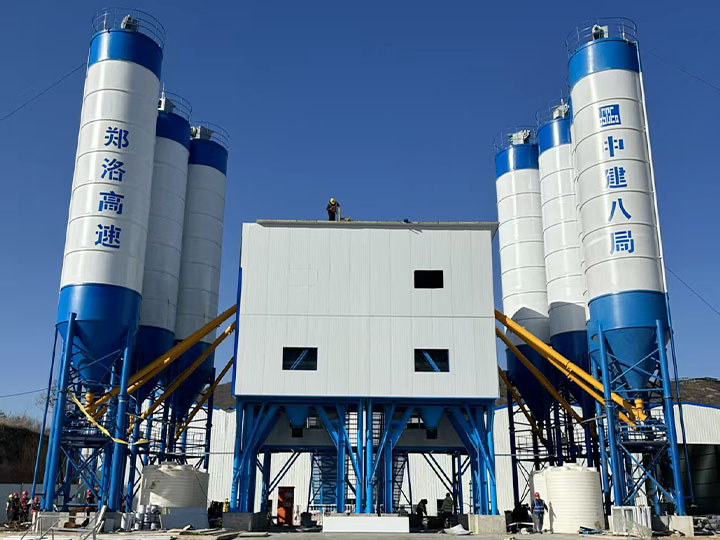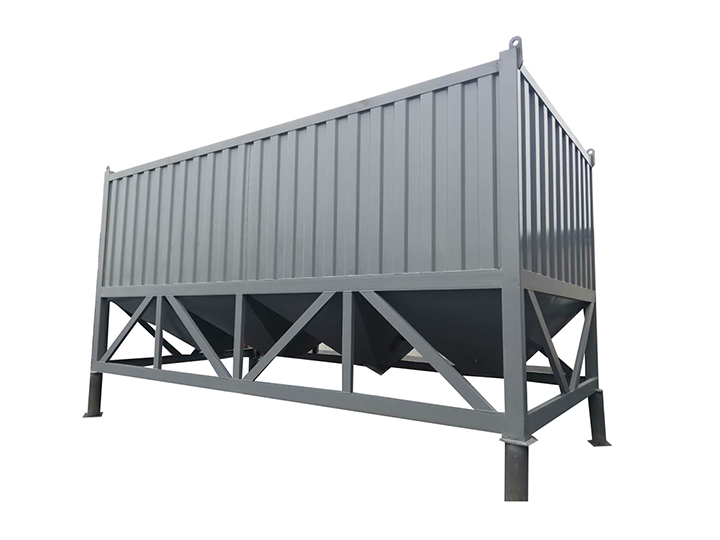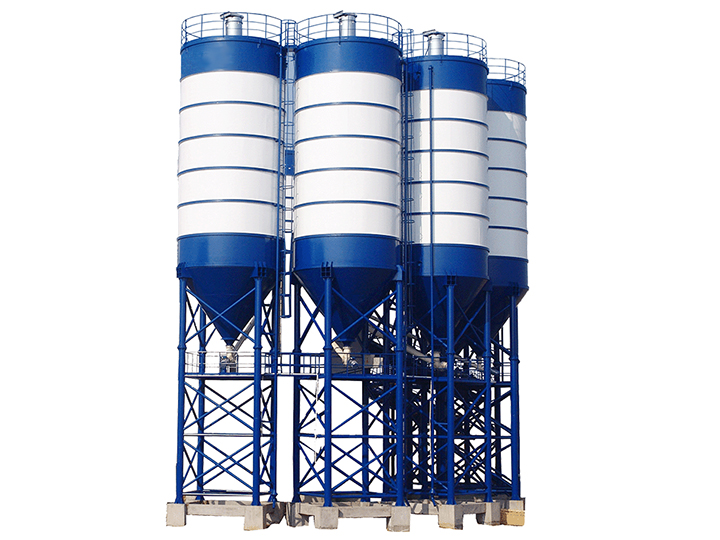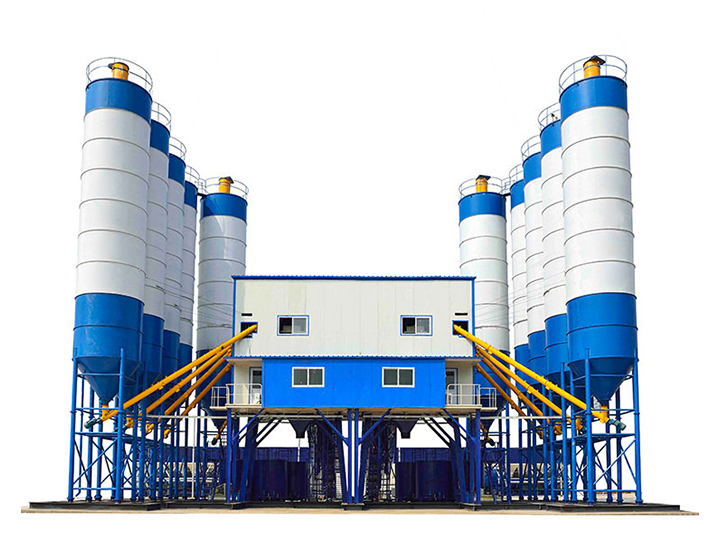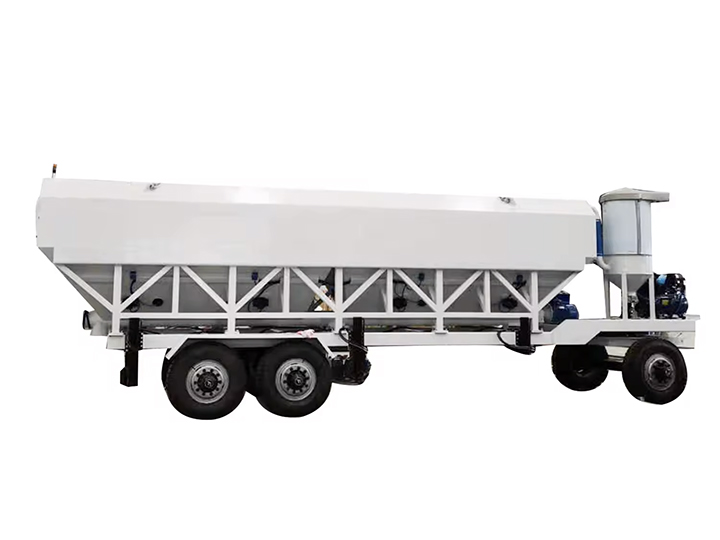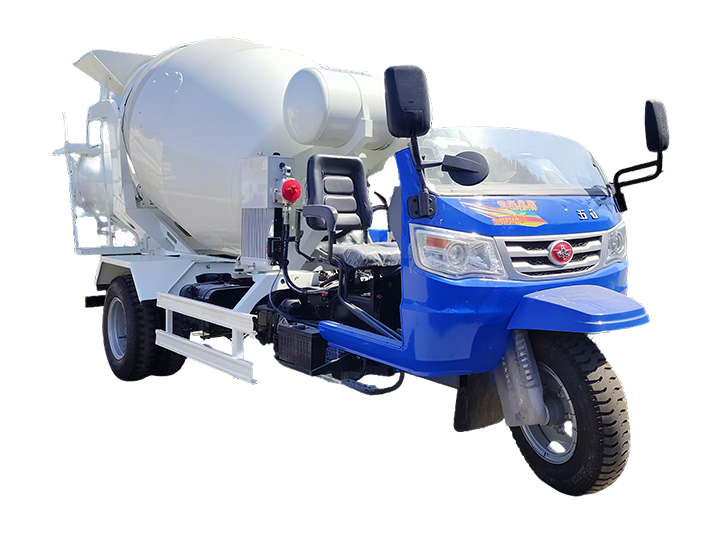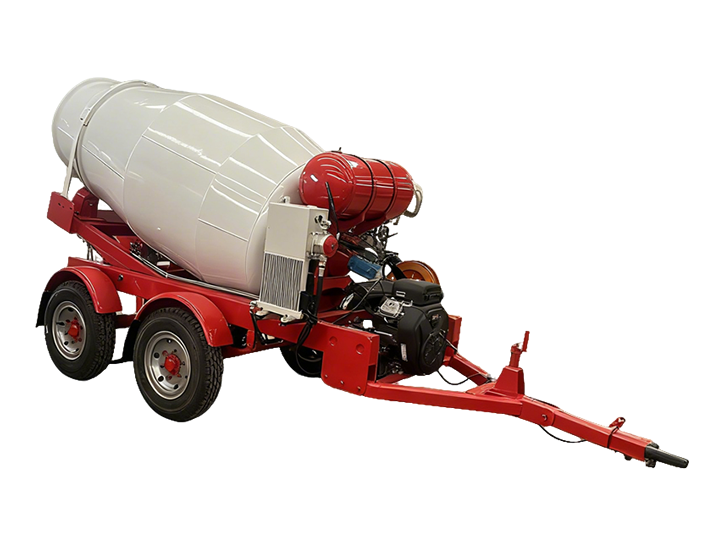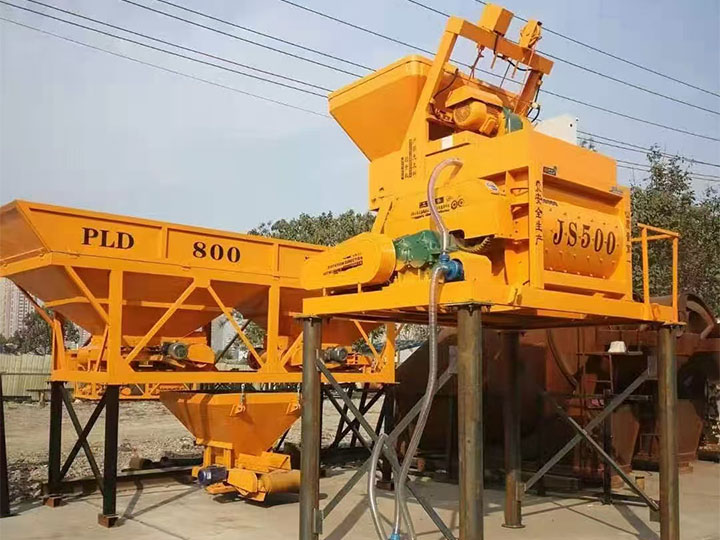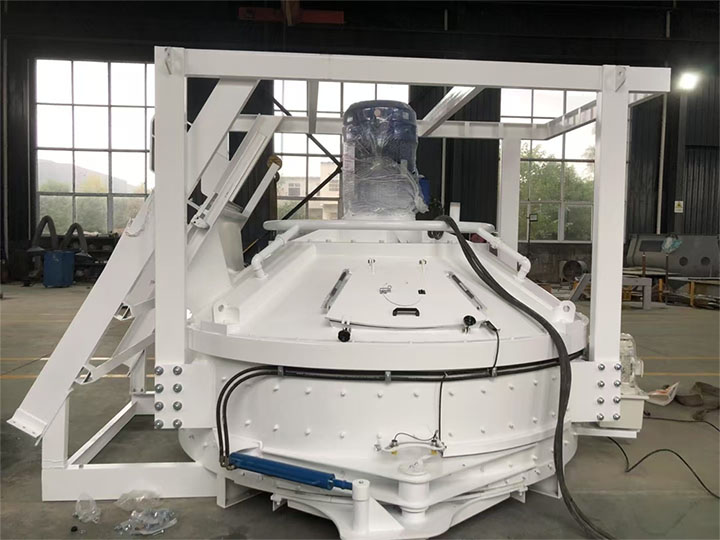A concrete mixing plant is a type of facility designed for the production of ready-mix concrete in larger quantities. These plants are typically installed at a fixed location and are not intended to be moved once they have been set up. They can vary significantly in size and capacity, but generally include several key components:
Aggregate Bins: Used for storing different types and sizes of aggregates like gravel and sand.
Cement Silos: For storing large amounts of cement powder.
Mixing Host: This is where the actual mixing of the concrete ingredients (aggregates, cement, water, and admixtures) takes place. The mixer could be of different types, such as twin-shaft, planetary, or single-shaft mixers.
Conveying System: Includes belt conveyors or screw conveyors to transport materials from storage bins to the mixer.
Control System: A computerized system that controls the operation of the plant, ensuring accurate measurement and mixing of ingredients.
Stationary concrete batching plants are often used in projects where there is a continuous need for large volumes of concrete over an extended period, such as in large construction projects or in areas with high demand for ready-mixed concrete. They offer advantages in terms of higher production capacity, efficiency, and reliability compared to mobile or portable plants.
